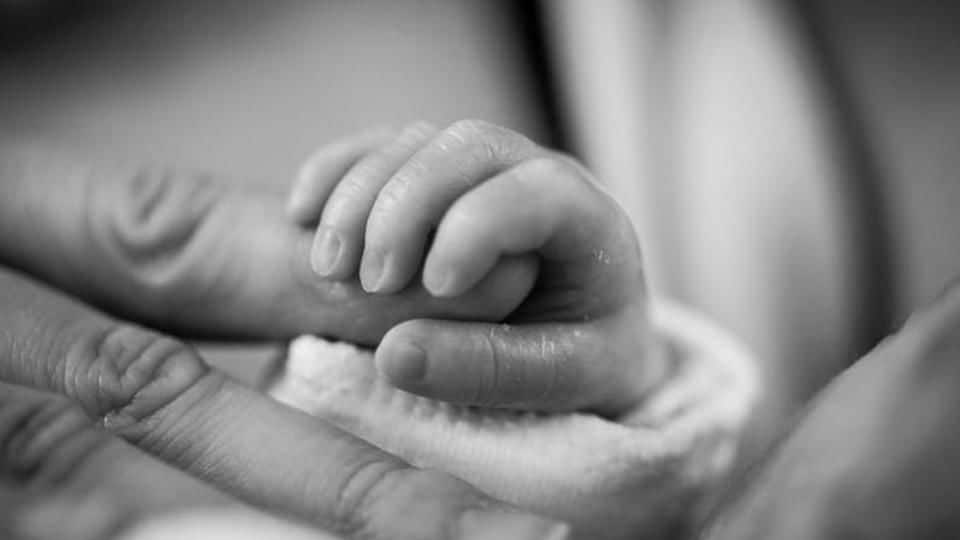
India 31st riskiest country, Pakistan most risky: UNICEF report
What's the story
Pakistan is the most dangerous country to be born in among 52 "lower middle-income countries," with 45.6 newborns per 1,000 babies dying in the first month. India fares better, with a neonatal mortality rate of 25.4, but is still far below its less prosperous neighbors, according to UNICEF. It ranked below 153 of the 184 countries surveyed, and 12th worst among the lower middle-income countries.
NMR
What is Neonatal Mortality Rate?
The first 28 days of life, considered the most vulnerable time for survival, is called the neonatal period. The neonatal mortality rate, or NMR, is defined as the probability of dying during the first 28 days of life, expressed per 1,000 live births. Over 80% of such deaths are due to premature birth, labor and delivery complications, and related infections like sepsis/meningitis, says UNICEF.
Data
The other unsafe countries to be born in
Among the most dangerous places to be born in are Afghanistan (NMR 40), SoMalia (38.8), South Sudan (37.9) and Mali (35.7). Low-income countries have an average NMR of 27, UNICEF observes. In this region, neighbors Bangladesh, Nepal and Bhutan fared better than India.
India NMR
UP,MP, Bihar, Rajasthan account for 57% of India's neonatal deaths
Of the annual 26L neonatal deaths, 6.4L (25%) take place in India alone. Inter-state disparities are massive. On one side, Kerala and Goa have NMR of 10, while for Bihar and Uttarakhand, it's at 44. UP, MP, Bihar and Rajasthan account for 57% of India's neonatal deaths. The goal is to lower NMR to 12 by 2030, but India is "currently off-track," UNICEF notes.
India others
But India has shown rapid development in under-five mortality
However, India has progressed in under-five mortality. During 1990-2015, it went down 66% compared to the global average of 55%. In 2016, it fell to 39, with fewer than 1mn deaths for the first time. This was attributed to diarrhoea and pneumonia vaccines being included in the national immunization program. But progress is skewed, with under-five mortality of girls at 41 and boys, 37.
Safest
These countries are on the opposite end of the spectrum
The safest country to be born in is Japan, with NMR of just 0.9. It is followed closely by Iceland (1) and Singapore (1.1). The US' NMR is 3.7, marginally better than that of lower-middle income countries like Sri Lanka and Ukraine. It ranks 15th among high-income countries. Against the average NMR of 27 for low-income countries, the average for high-income countries is 3.